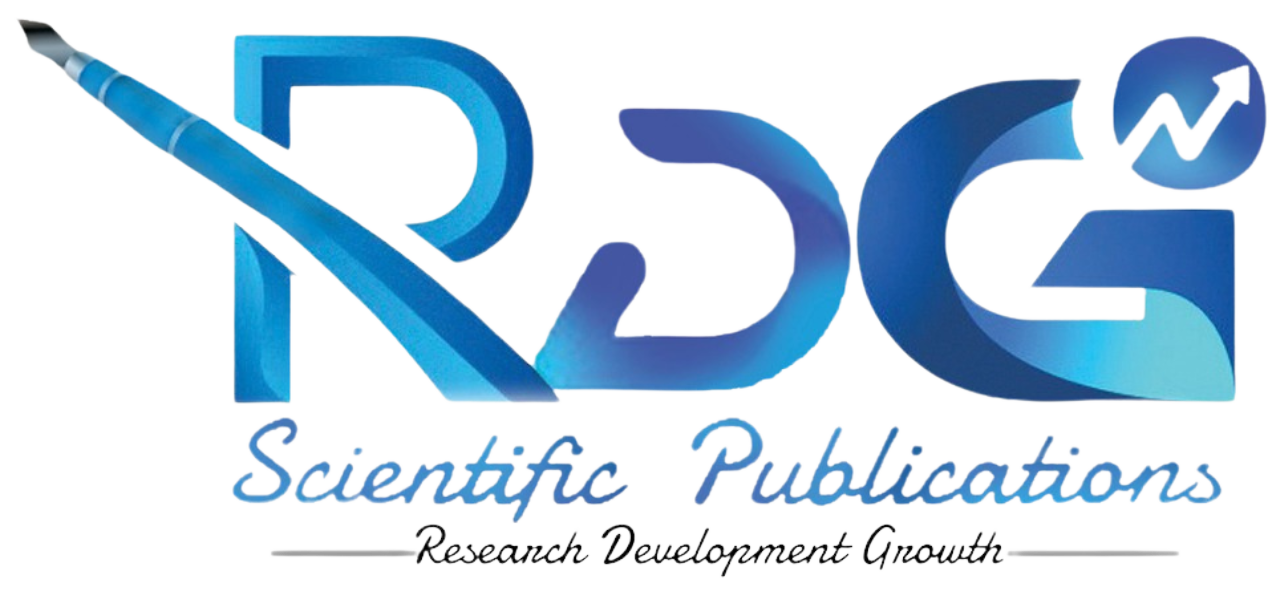Engineering graphics is the universal language of engineers and designers,
serving as a bridge between conceptual ideas and their physical realization.
Providing a graphical depiction of intricate systems, structures, and
mechanical parts, it is a vital means of communication. The use of accurate
drawings is critical for conveying any level of detail in engineering, from
the blueprint of a whole assembly to the design of a single component.
“Engineering Graphics” is a well-organized and thorough guide to learning
the fundamentals of engineering drawing. The course covers a wide range
of essentials, from drawing methods and an introduction to tools and
equipment to building curves and delving deeply into geometric principles.
The manual takes readers step-by-step through the process of acquiring more
sophisticated concepts including orthographic projections, isometric
projections, section views, and surface development.
Sheet layout, lettering, dimensioning, and geometrical constructions are
some of the fundamentals covered in the first chapters of the book, which
will provide the reader a good grounding in engineering drawing. The book
continues by exploring the intricacies of curves and scales, instructing
readers on the representation of basic and sophisticated curves like cycloids,
involutes, and conics, and on the manipulation of various scales like
diagonal and vernier scales.
An important subfield of orthographic projections, this book presents first-
angle and third-angle projection systems, differentiates between them, and
delves deeply into their uses. Students can practice solving real-world
problems using section views and surface developments, which are essential
in design and production, in the sections on projection of solids and
development of surfaces.
In addition, the book gives a smooth introduction to engineering graphics in
the digital age by introducing the actual application of isometric projection
and CAD tools. This book will teach readers how to use AutoCAD, a
cutting-edge computer-aided drawing program, to make and edit
complicated drawings.
Anyone looking to master the ropes of engineering graphics, whether they’re
students or working professionals, will find everything they need in this
comprehensive textbook. This course will equip you with the knowledge and
skills necessary to create professional-quality engineering drawings,
regardless of your major: architecture, industrial design, or engineering.
You will improve your communication skills and capacity to contribute to
engineering projects as you progress from learning the fundamentals to
using sophisticated drawing techniques. If you want to learn engineering
graphics—a skill that is applicable to many different technical fields—this
book is a great resource for both classroom instruction and independent
study.
In addition to helping you become a better technical artist, our goal in writing
this book was to make you understand the value of good visual
communication in engineering.






















Reviews
There are no reviews yet.